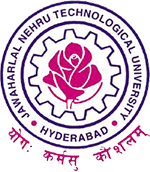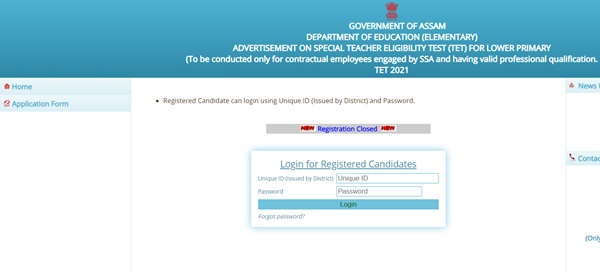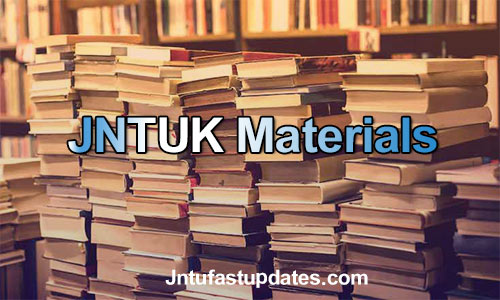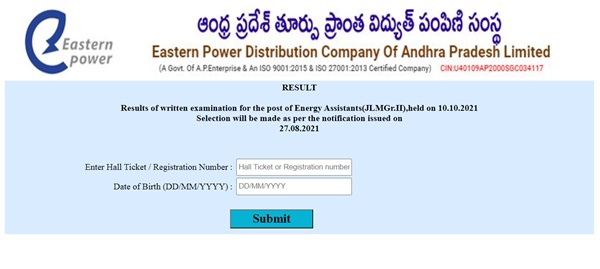Punjab State Cooperative Supply and Marketing Federation Limited, Punjab announced the written test dates for Dy. Chief Accounts Officer, Senior Accounts Officer, Accounts Officer, and other posts. Punjab Markfed is going to organize the written test rounds on 30th and 31st October. The competitors who applied for Markfed Punjab posts can get ready to attend the written test round. Before going to appear for the Markfed Punjab written test round competitors have to download the exam call letters. The exam hall tickets will be available from 25th October. Download Markfed Punjab admit cards from the official website, markfedpunjab.com. As soon as the hall ticket link gets activated on the Markfed Punjab portal, competitors can download it and take a printout of it. All the competitors are instructed to carry the admit cards while going to the examination. The admit card verification will be done at the examination center before allowing the candidates to the examination. More details about Markfed Punjab admit card downloading process and exam instructions, go through the following article.
Markfed Punjab Admit Card 2021 (Released) | Exam Date, Hall Ticket
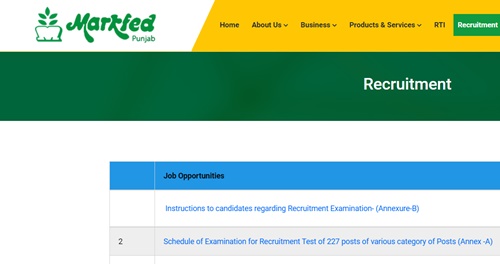
Punjab State Cooperative Supply and Marketing Federation Limited, Punjab is the state government authority. The organization releases various notifications every year based on the requirement. Recently, The Markfed Punjab released a recruitment notification for 227 various posts. The posts include Dy. Chief Accounts Officer, Assistant Accounts Officer, Senior Accounts Officer, Assistant Accountant, Assistant Field Officer, Assistant Sales Officer, and Sales Man. Many of the aspirants seeking to get jobs in Markfed Punjab have applied for the announced posts. Candidates will be shortlisted through written tests and interview rounds. Candidates who clear the selection process with good merit will be placed in the announced posts with a good pay scale.
Markfed Punjab Admit Card 2021 – Important Details
| Organization Name | Punjab State Cooperative Supply and Marketing Federation Limited, Punjab |
| Post Name | Dy. Chief Accounts Officer, Senior Accounts Officer, Assistant Accounts Officer, Assistant Accountant, Assistant Sales Officer, Assistant Field Officer, Sales Man |
| No. Of Posts | 227 Posts |
| Exam Date | 30th, 31st October 2021 |
| Category | Admit Card |
| Admit Card Release Date | 25th October 2021 |
| Official Site | markfedpunjab.com |
Download Markfed Punjab Hall Ticket 2021 @ markfedpunjab.com
Punjab State Cooperative Supply and Marketing Federation Limited announced the written test dates for the Dy. Chief Accounts Officer, Senior Accounts Officer, Assistant Accounts Officer, and various other posts. The written test round is going to be held on 30th and 31st October. Markfed Punjab is going to conduct the examination in many places across the state. Lakhs of competitors are going to participate in the written test round in the announced schedule. Before going to attend the written test round, competitors can download Markfed Punjab admit cards from the official website, markfedpunjab.com. The Markfed Punjab will activate the hall ticket download link from 25th October on its official website. After downloading the exam call letters, check the following details printed on them.
- Applicant Photograph
- Candidate Date of Birth
- Applicant Roll Number
- Gender (Male/ Female)
- Post Name
- Father’s/ Mother’s Name
- Test Centre Address
- Time Duration of the Exam
- Candidate Name
- Essential instructions for the examination
- Category (ST/ SC/ BC & Other)
- Name of Exam Centre
- Exam Date and Time
- Examination Name
- Exam Centre Code
- Signature of candidate and exam counselor
All the competitors must download the exam call letters from 25th October; take a printout of them and preserve them safe to carry to the examination. The admit card/exam call letter is the most important document needed to carry to the examination. Along with the exam call letter, the competitors have to carry any of valid identity proof while going to the examination. Carry any of the following Xerox copies of documents while going to the examination.
- Aadhar Card
- PAN Card
- Passport
- Driving Licence
- Ration Card
- Or any others.
Contenders must report at the examination centers before 30 minutes of the examination. Candidates must carry the hall ticket, and identity card without fail.
Steps to download Markfed Punjab Hall Ticket 2021
- Visit the Markfed Punjab Official website, markfedpunjab.com
- On the homepage, you can find the Admit Card download link.
- Click on the link and enter the login credentials.
- Tap on the submit button.
- The admit card gets downloaded.
- Take a printout of it and keep it safe; carry the admit card and identity proof while going to the examination.
Important Links
Download Markfed Punjab Admit Card /Hall Ticket 2021 – Available Here
FAQs
The written test round is going to be held on 30th and 31st October.
All the competitors must download the exam call letters from 25th October; take a printout of them and preserve them safe to carry to the examination.
Before going to attend the written test round, competitors can download Markfed Punjab admit cards from the official website, markfedpunjab.com.

320-x100(1).gif)

